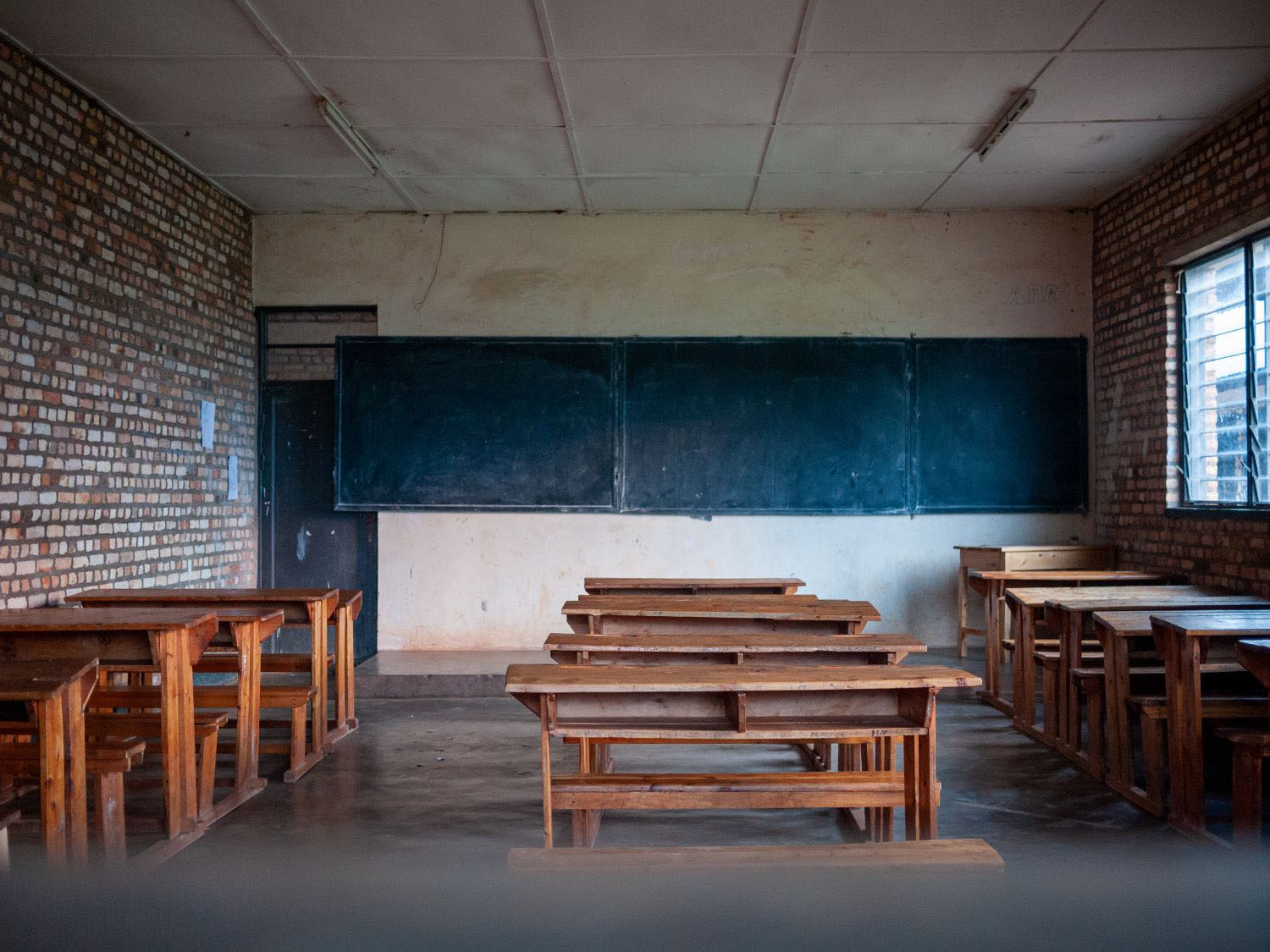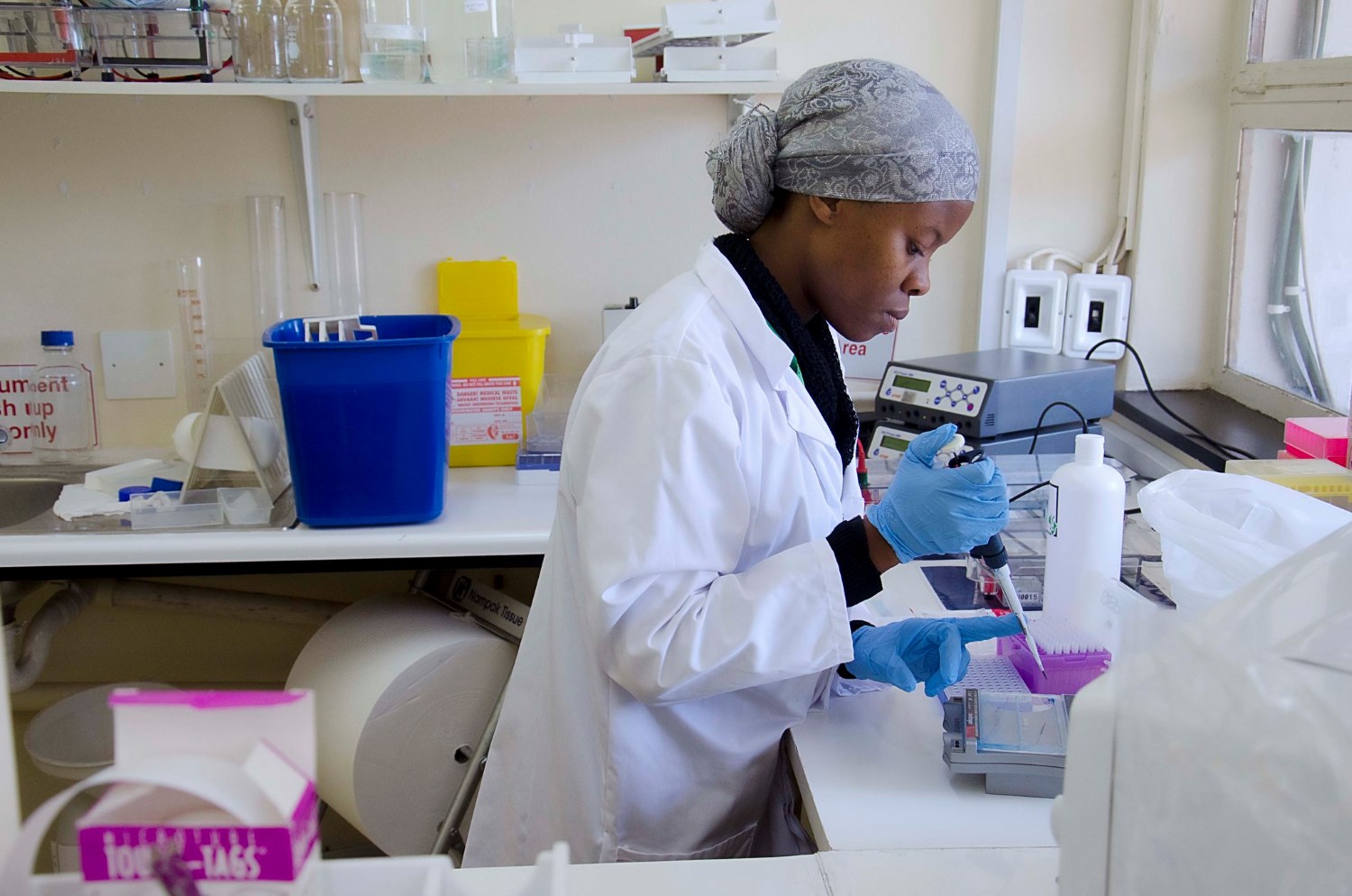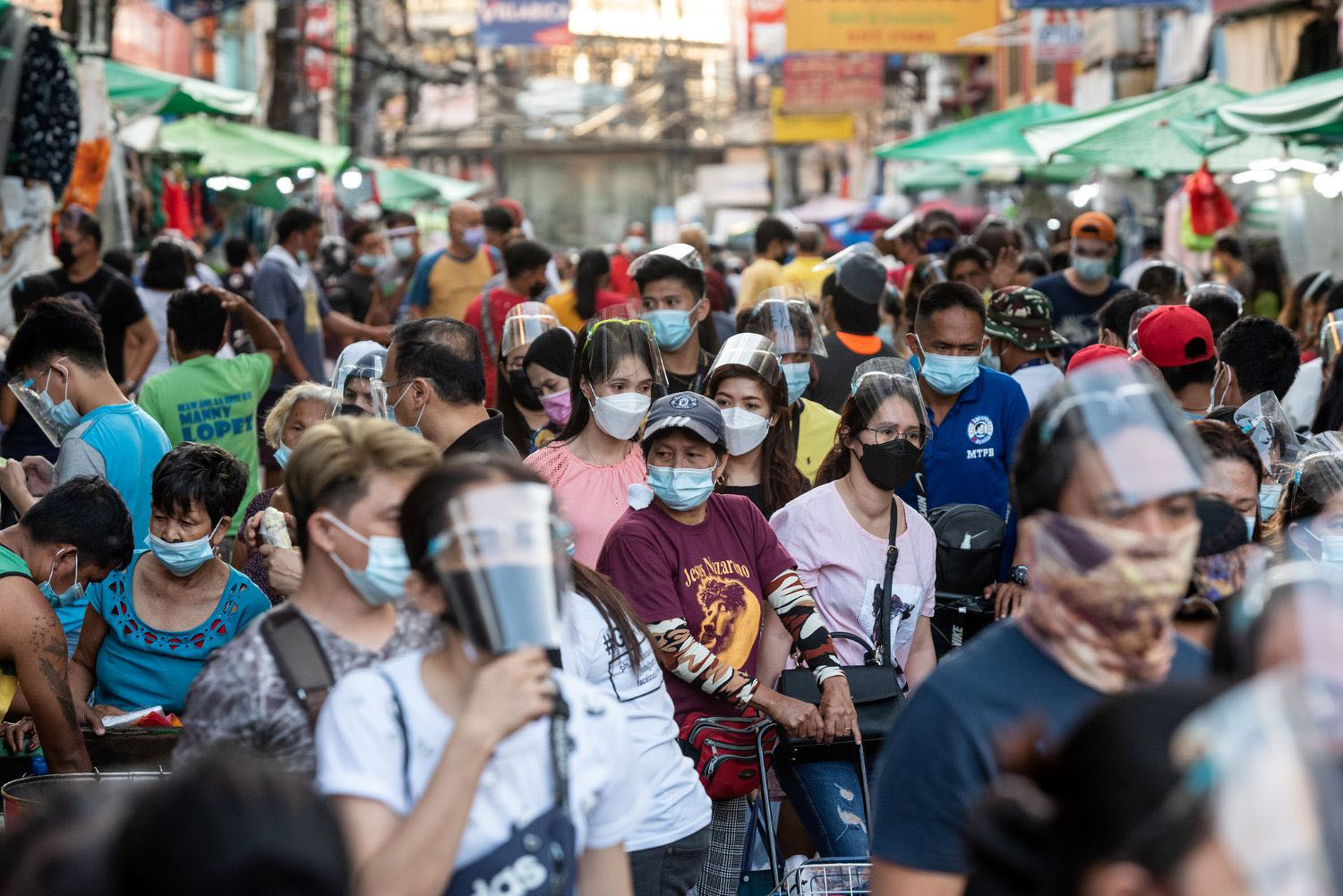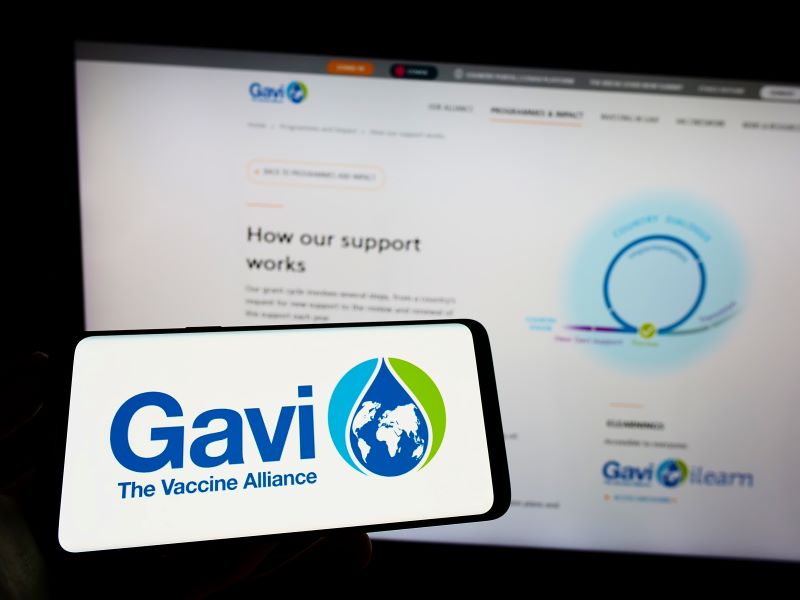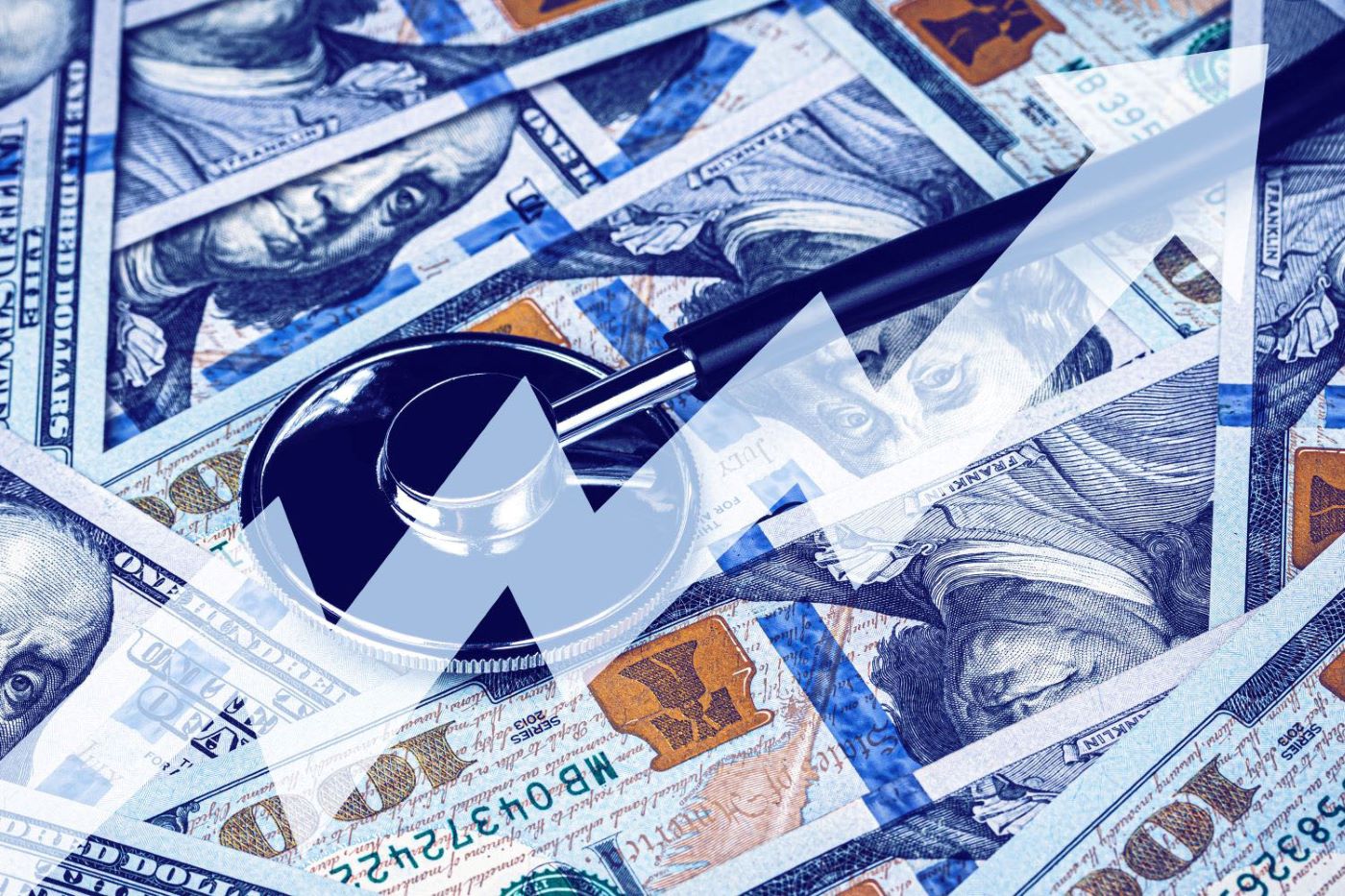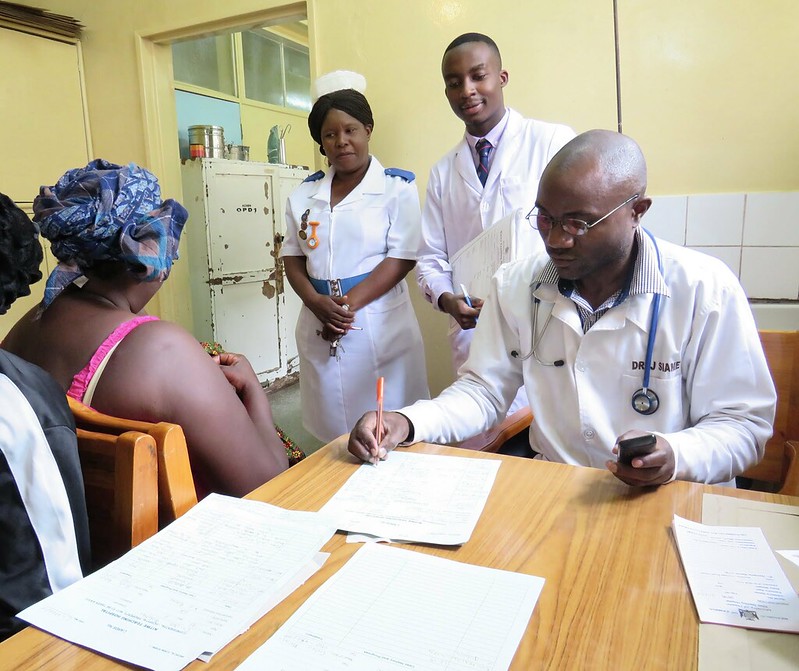Ideas to action: independent research for global prosperity
Research
Innovative, independent, peer-reviewed. Explore the latest economic research and policy proposals from CGD’s global development experts.
WORKING PAPERS
April 11, 2024
POLICY PAPERS
April 15, 2024
CGD NOTES
April 08, 2024
WORKING PAPERS
April 04, 2024
All Research
Filters:
Experts
Facet Toggle
Topics
Facet Toggle
Publication Type
Facet Toggle
Time Frame
Facet Toggle
Research
POLICY PAPERS
April 15, 2024
Many low- and middle-income countries are projected to spend less on health over the rest of this decade than they did pre-2020. The adage “more health for the money” is more meaningful than ever—but how do we act on it quickly? Disinvesting from low-value health technologies and interventions is on...
POLICY PAPERS
December 14, 2023
The prevailing fiscal outlook alongside broader shifts in the health landscape have important implications for countries’ eligibility for support from Gavi, the Vaccine Alliance. Current projections are similar to pre-COVID estimates, but the cohort of transitioning countries face more challenging ...
POLICY PAPERS
November 30, 2023
Since 2019, the UK’s strong reputation in global health has been undermined by a series of deep cuts and a distracting departmental reorganisation. 2024 may, however, represent a turning point, with new Foreign and Development Ministers, both with a strong track record on development, the implementa...
WORKING PAPERS
October 11, 2023
Many countries are facing a much harsher budgetary prospect than a few years ago. For low- and middle-income countries in particular, domestic health expenditure is expected to plateau or contract (in real terms) for many until 2027, development assistance for health has already plateaued, and a deb...
POLICY PAPERS
June 14, 2023
We examine the World Bank’s climate portfolio at the project level for the period 2000-2022 and find that financing is skewed towards mitigation projects. These projects lack estimates of greenhouse gas emissions reductions, and there is no standardized reporting on GHG estimates across the portfoli...
CASE STUDIES
June 01, 2023
For the last three decades, Zambia has implemented a series of policies to gradually work towards Universal Health Coverage (UHC). This case study delves into the process followed by the government of Zambia in developing those policies, with the aim of supporting other countries embarking on the jo...


